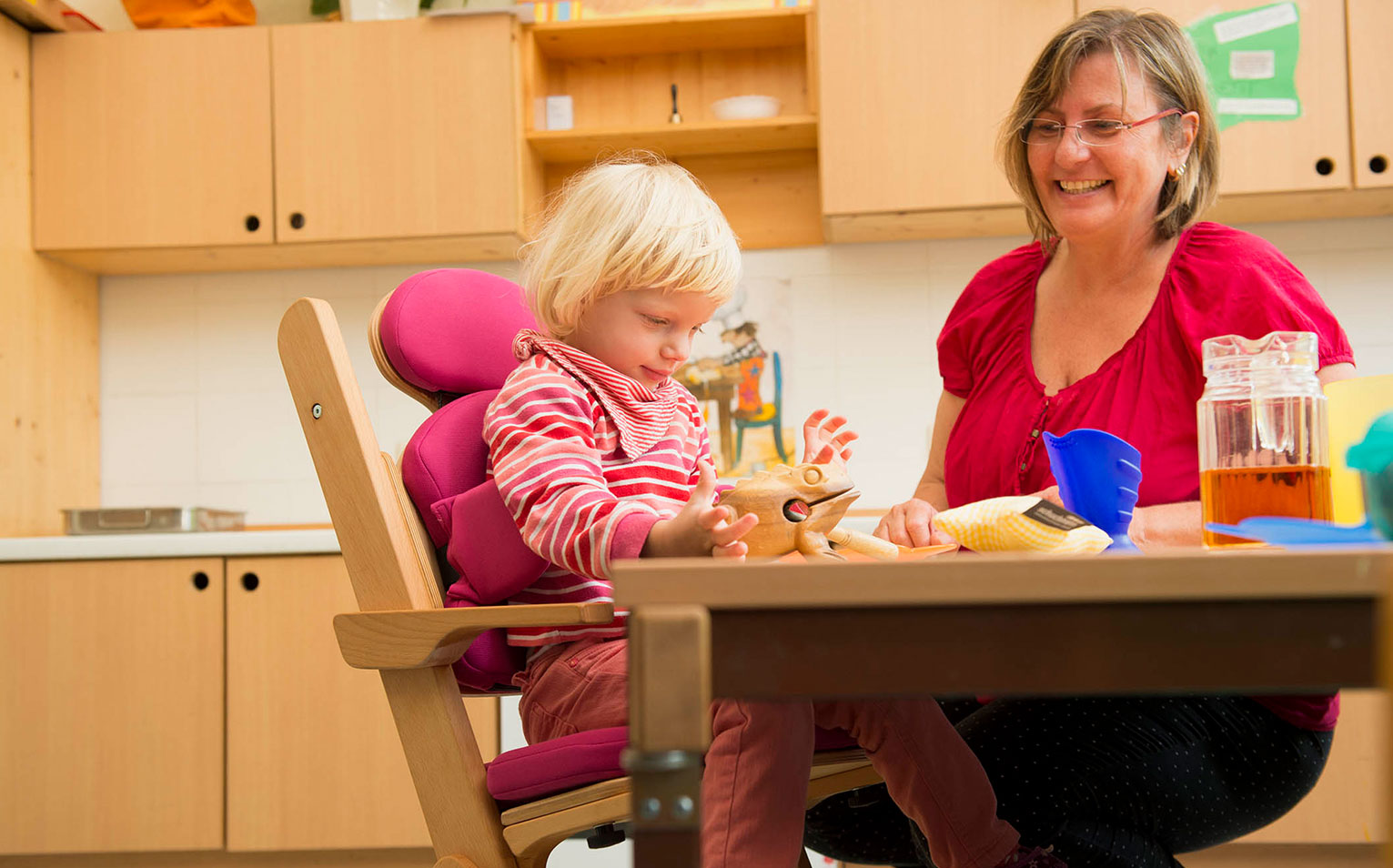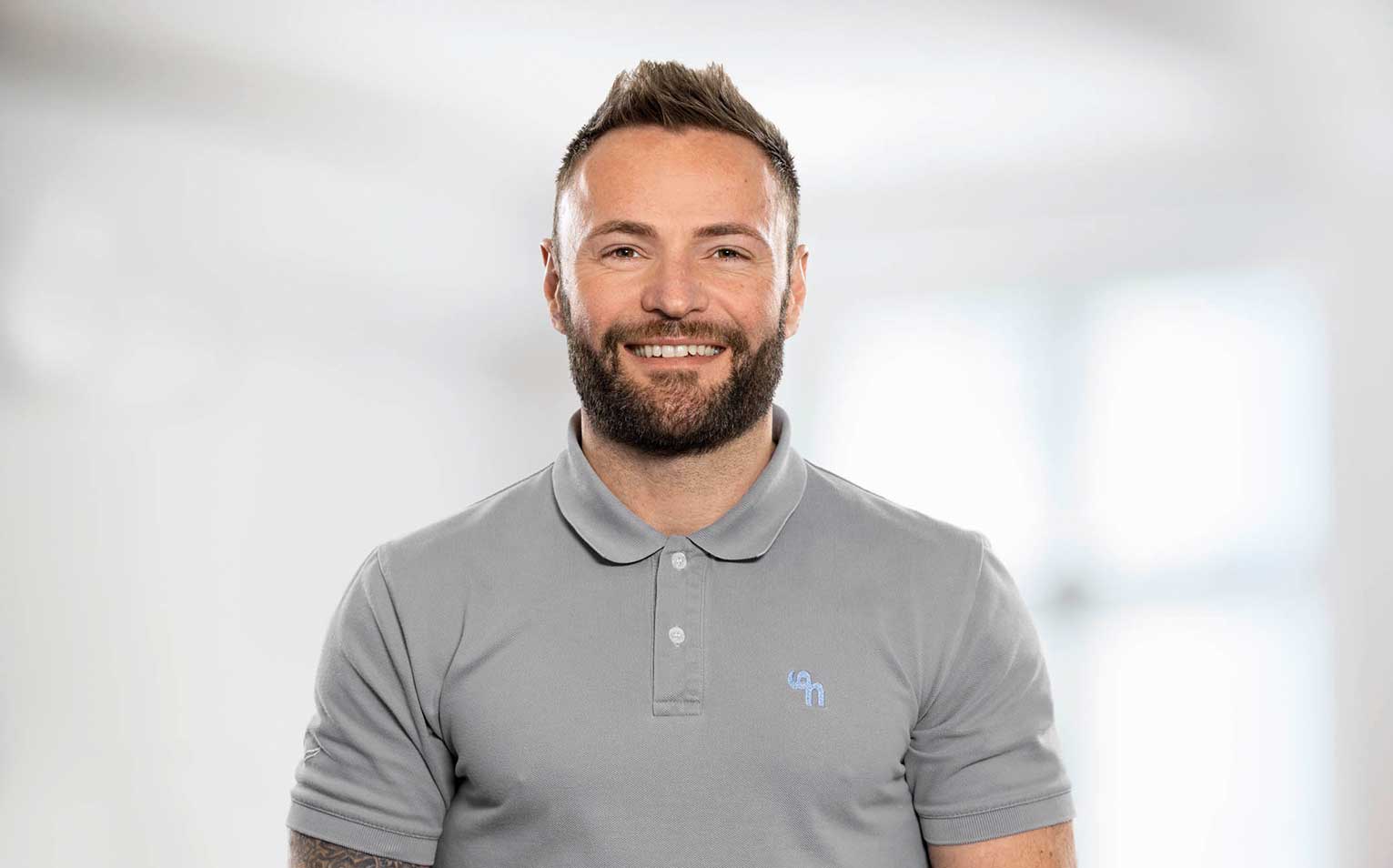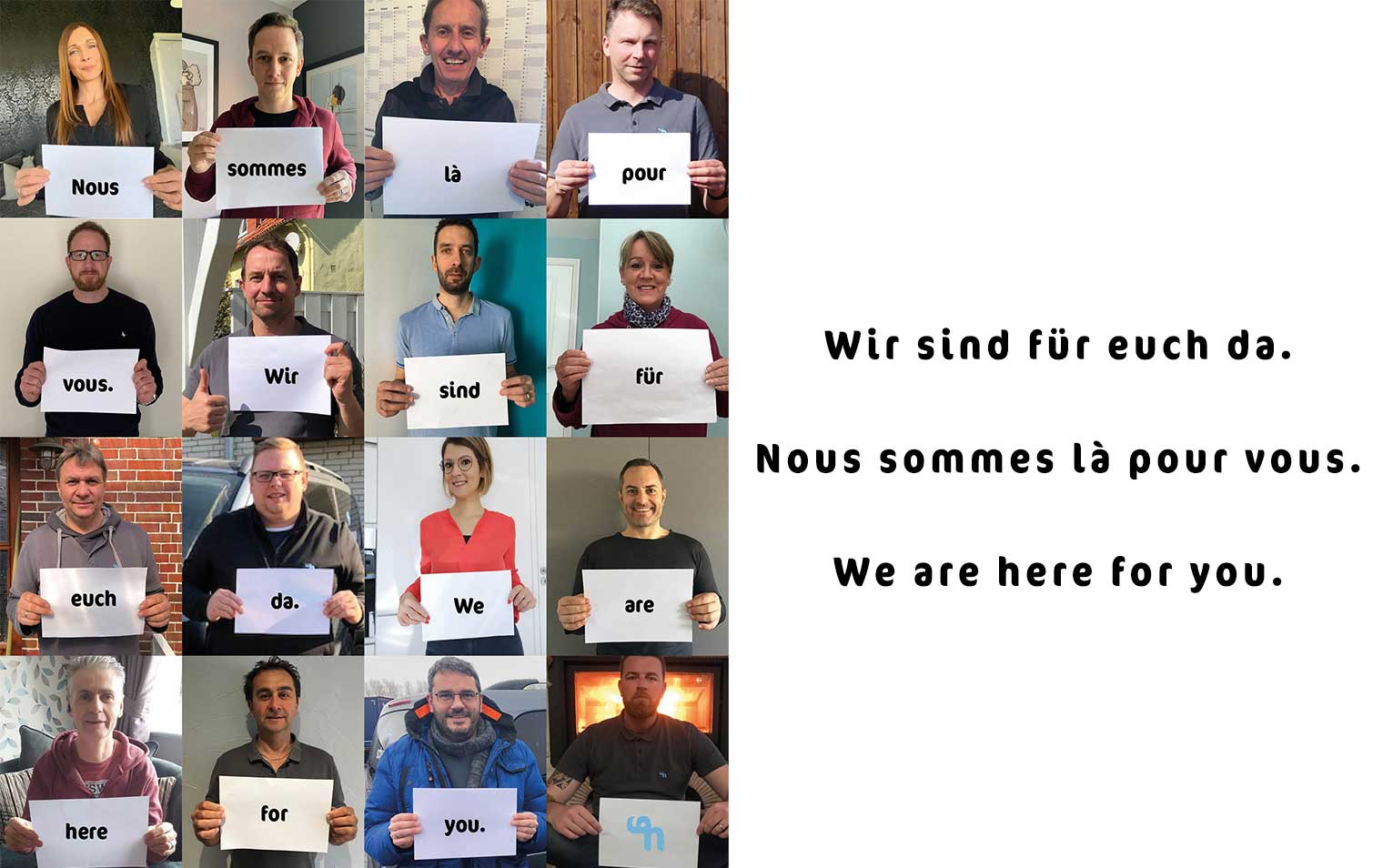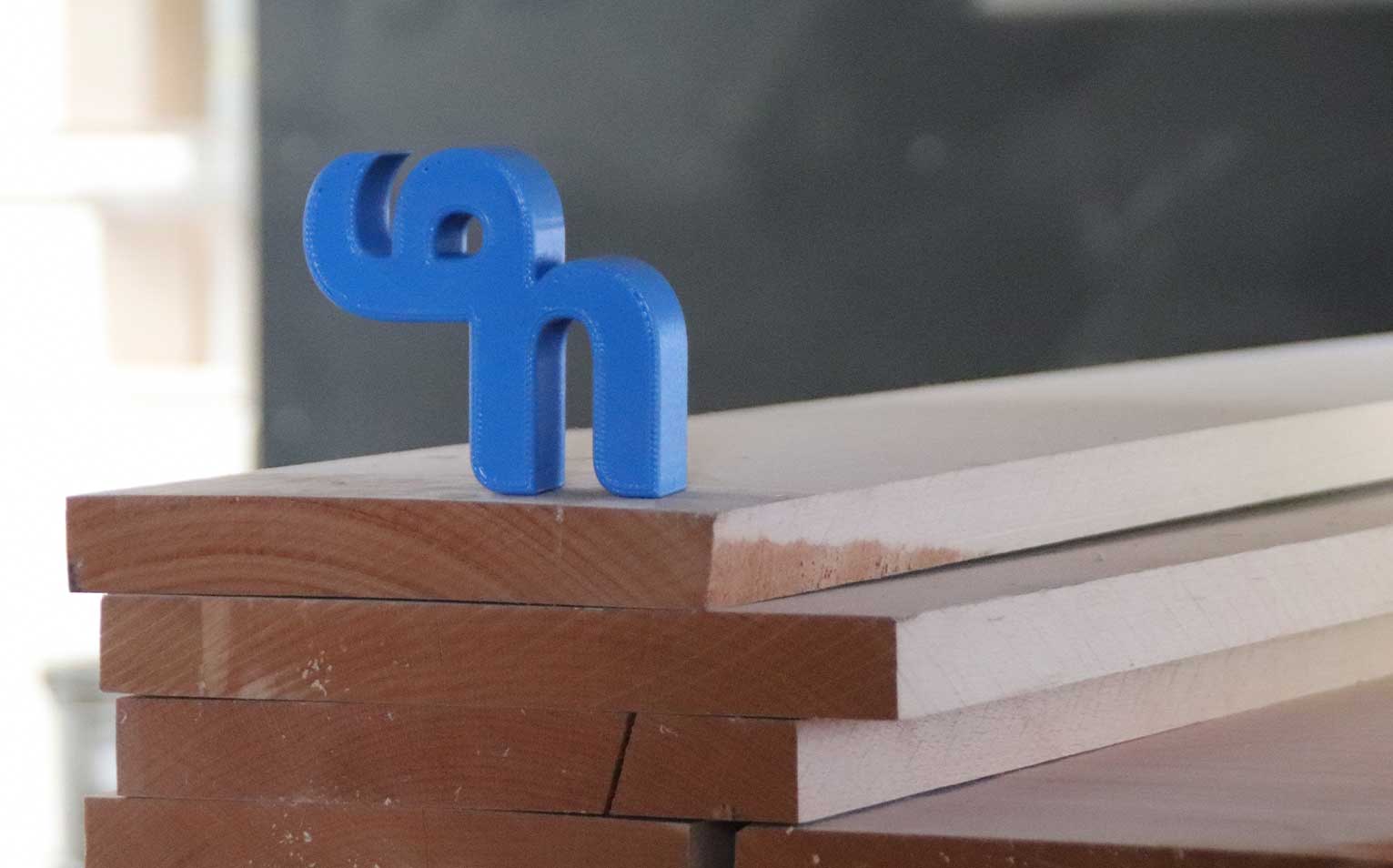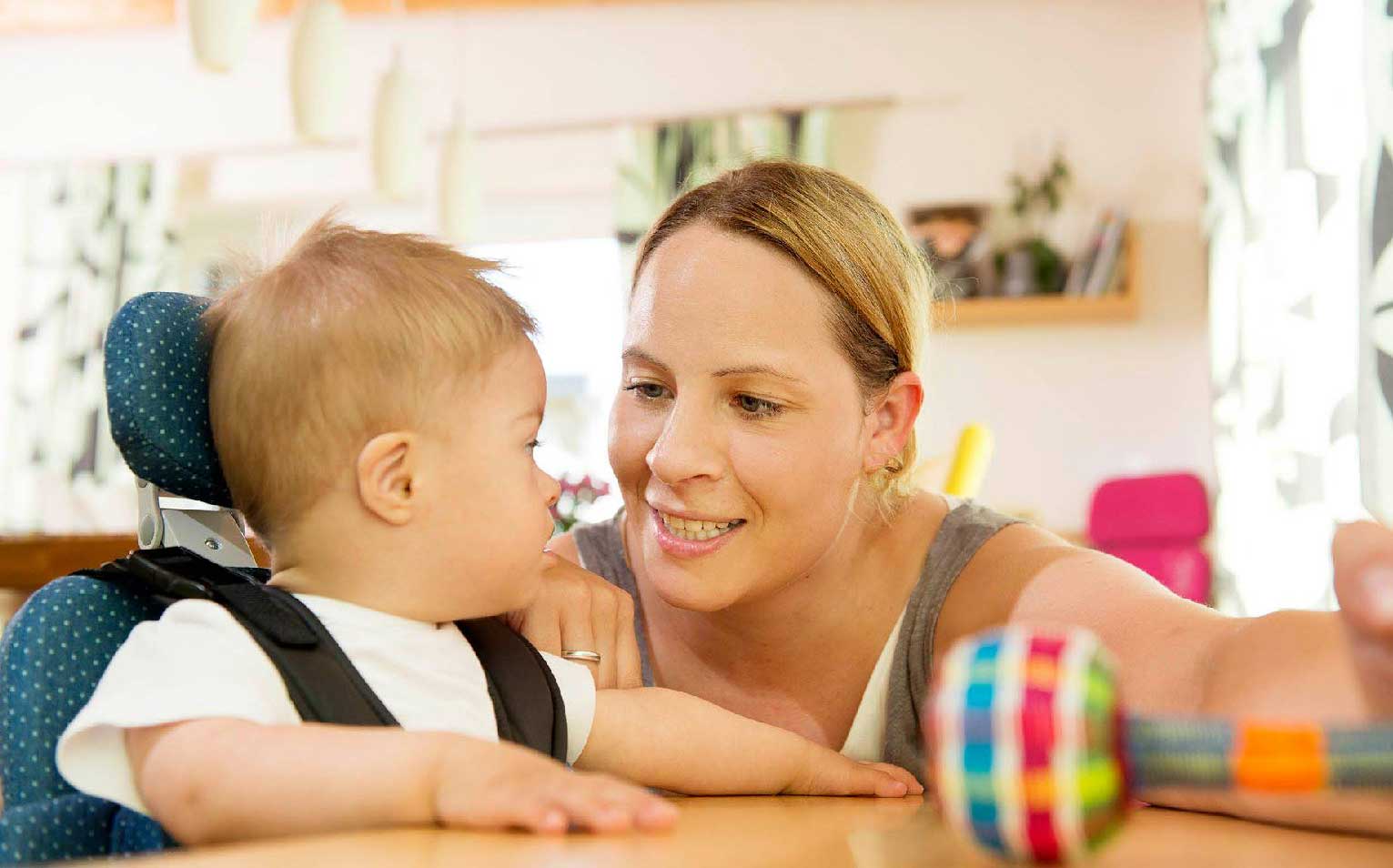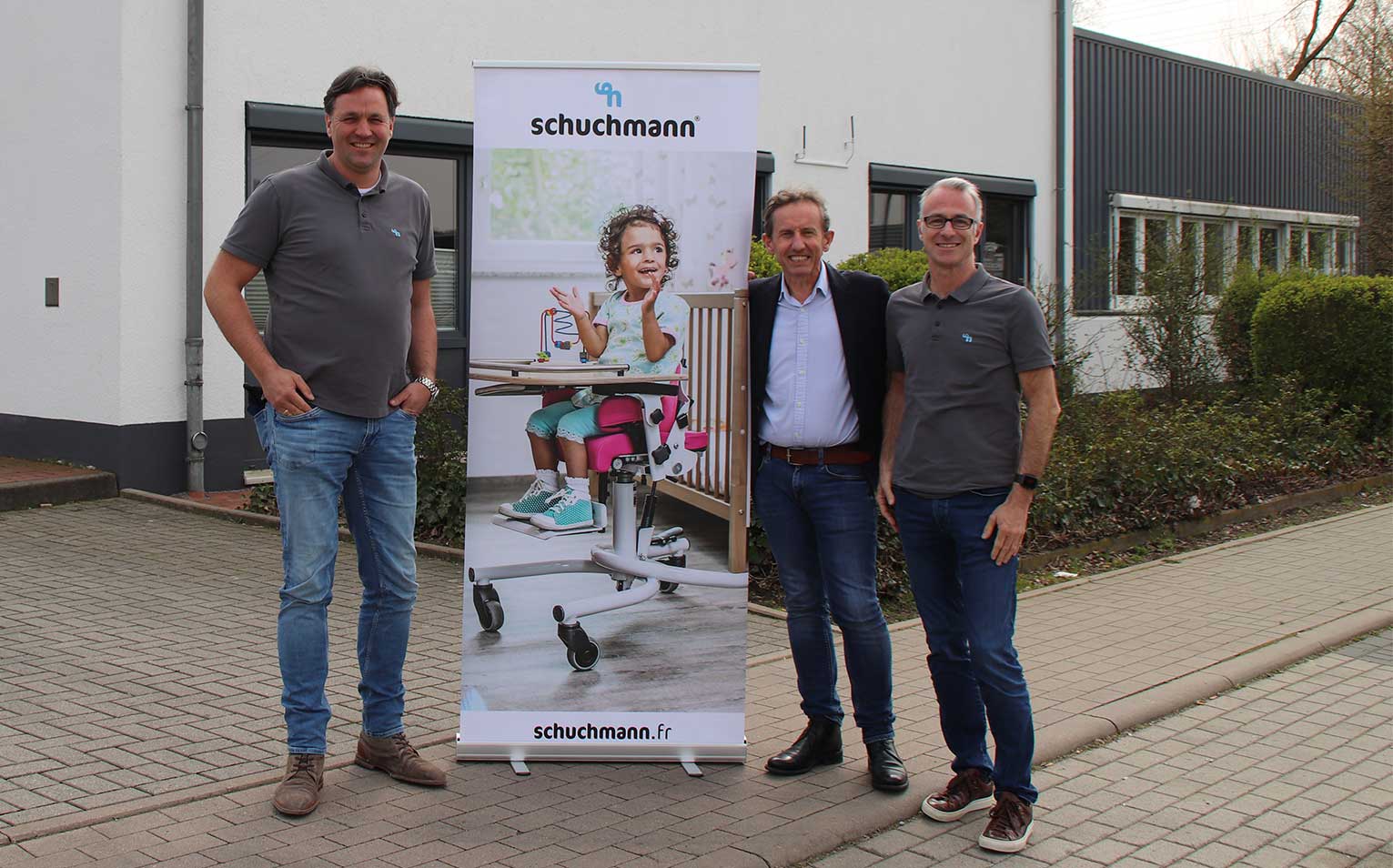6 October: World Cerebral Palsy Day
Every year in the UK, about 1800 children are diagnosed with cerebral palsy. On the World Cerebral Palsy Day (6th October) we would like to draw attention to the disease and the daily challenges and at the same time give courage. Little Emma is a great example of what is possible despite CP.
The four-year-old has been visiting the day care centre for a year now and enjoys having breakfast with the other children in the morning. Preferably cornflakes, but that hasn’t been easy so far, because Emma has ataxia. This is a special form of cerebral palsy, in which the arms and legs shake and are wobbly, while the trunk is hypotonic, i.e. soft and weak. Although the girl’s mental development is normal, her physical development is slower and different from other children her age. She can walk, but she is unsteady and falls down much more often. Grasping also works. But Emma needs more attention than others. She needs to keep her trunk consciously upright and stable, and to control her hands carefully. Her mouth motor skills are also affected, so Emma’s pronunciation is unclear, her mouth is often open and saliva runs out.
She is almost always cheerful, and is not easily discouraged.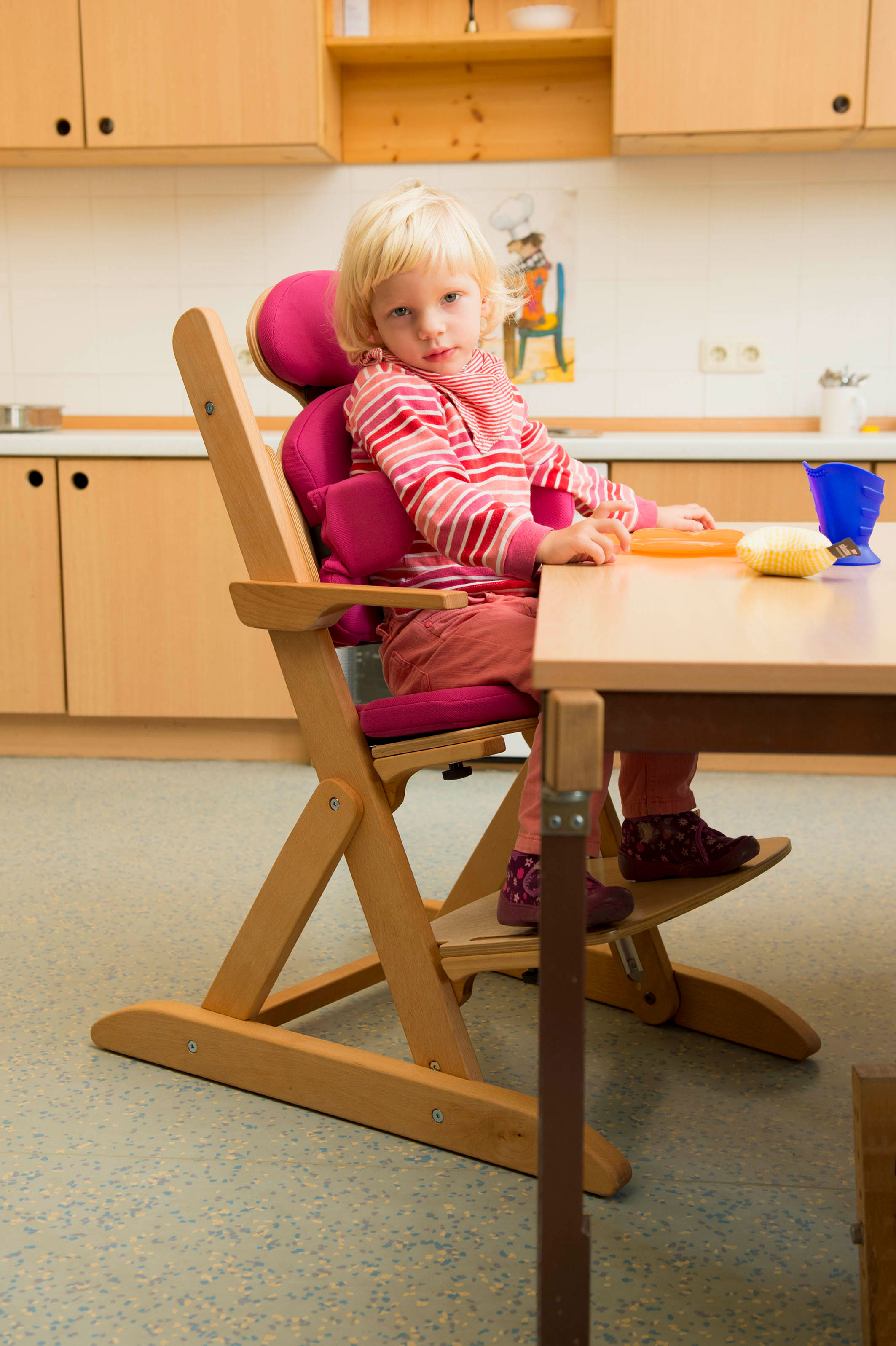
When the four-year-old wants to achieve something, she practices ambitiously until she succeeds. She has learned to walk, talk, paint and cut with scissors, and she can eat by herself. So why shouldn’t she have breakfast in the day-care centre? If she uses a spoon, she holds it in her fist so that she can control it well. Despite this strategy, there are still some mess, the food runs down her chin. Even the bent posture does not look “normal”, her mother thinks.
smilla. supports an upright and straight posture
Until now, the girl has been sitting on a normal kindergarten chair. It is important to her that the chair is like the other children’s chairs. Now she has the smilla. therapy chair, which at most attracts attention with its colourful upholstery and otherwise adapts to the design of common day-care centre equipment through material and shape. The biggest advantage is : smilla. can have a positive influence on ataxia because the torso is stabilised by the thoracic pads. These adapt to Emma’s ribs laterally in such a way that they experience stability and guidance. A belt is not required. With this equipment Emma feels safer and no longer needs to press her upper arms against the body to stabilise herself. The symmetrical posture in the upper body provides her with a good starting position for handling and – seen over a longer period of time – prevents incorrect loading and deformation (e.g. of the spine). At the same time her muscles are active and do not cramp.
Relaxed breakfast and therapy
Thanks to the infinitely variable height adjustment of the seat, the girl can sit at the table with her arms resting loosely at a 90° angle. In this optimal position she can best control her fine motor skills and concentrate on what she wants to grip. With her speech therapist, Emma also works on chewing with her lips closed when she keeps her head upright. She can now practise this in her everyday life at every breakfast in her group. The educators are also open to the therapy chair. After a short instruction they can use smilla. , easily. The chair can be quickly adjusted for every situation
Written by Andrea Espei occupational therapist and training manager at Schuchmann

